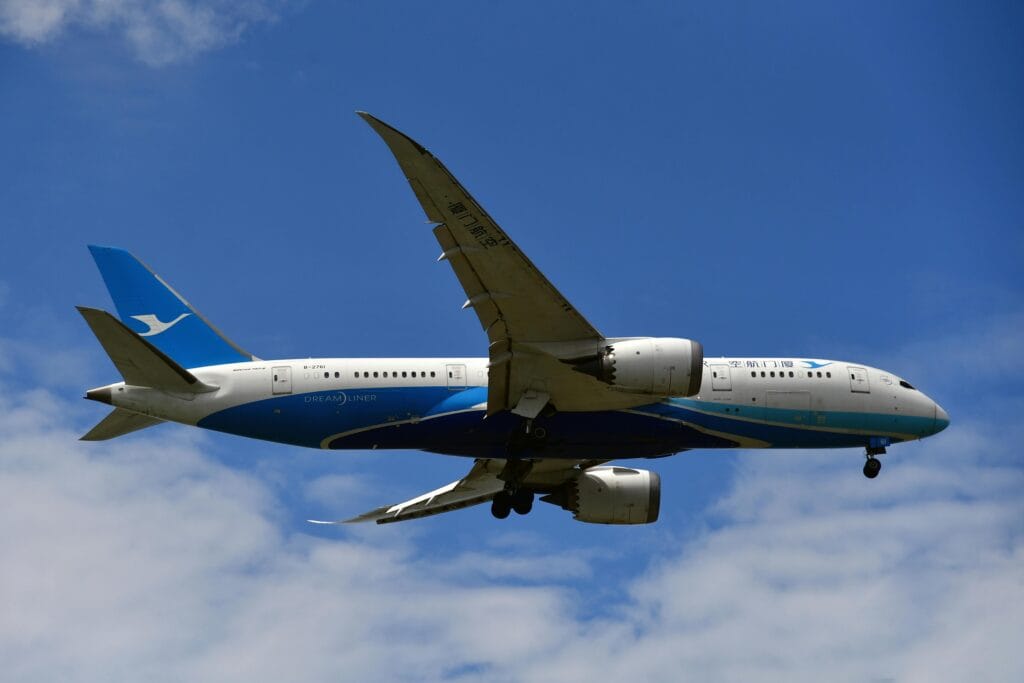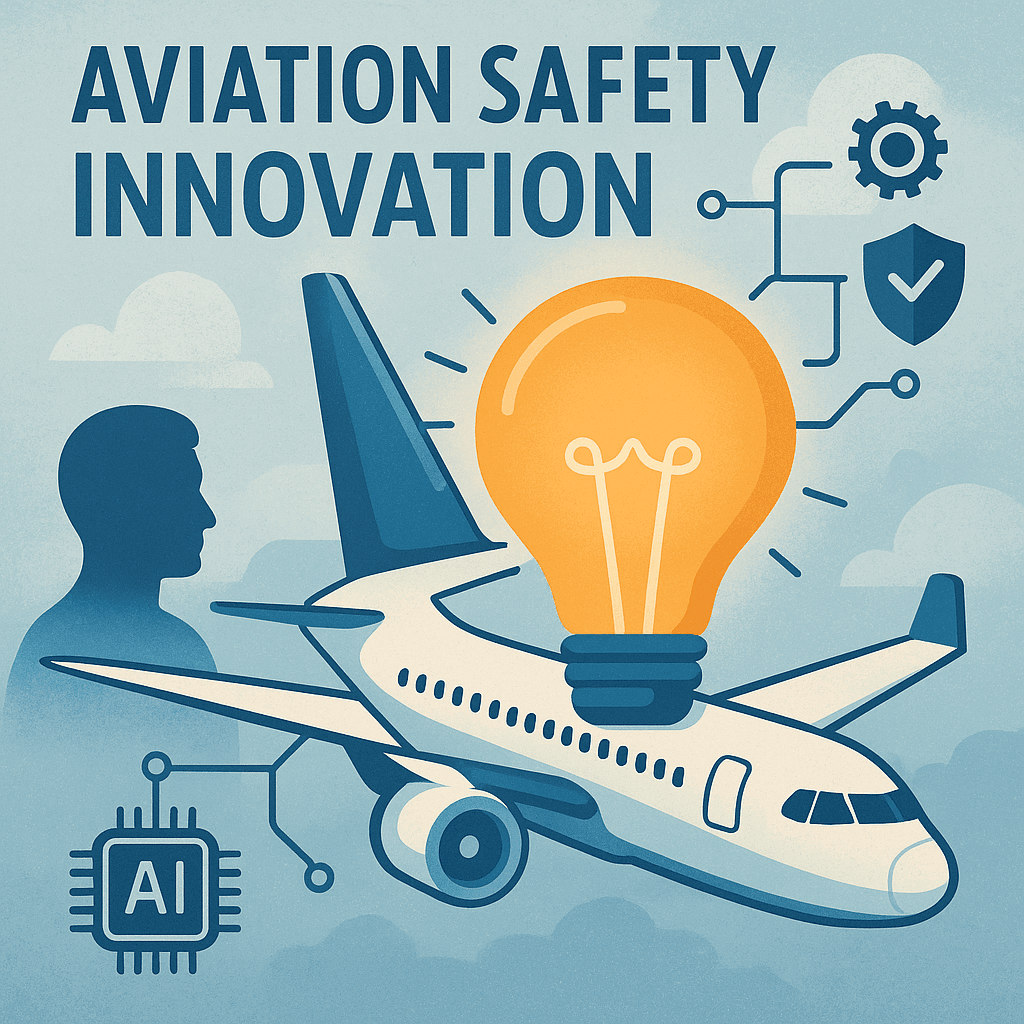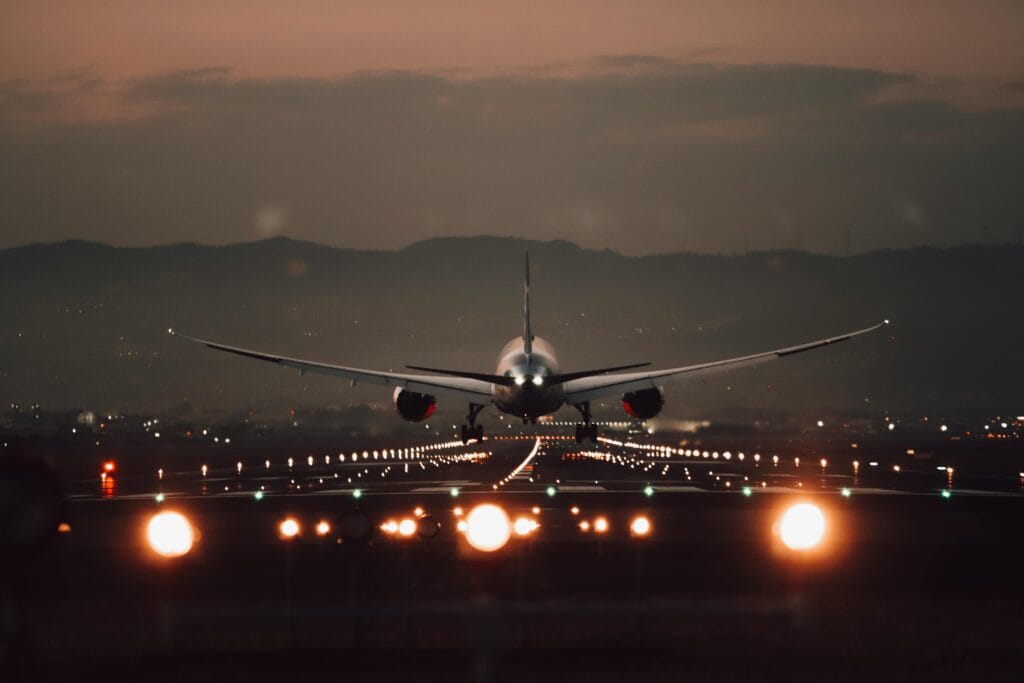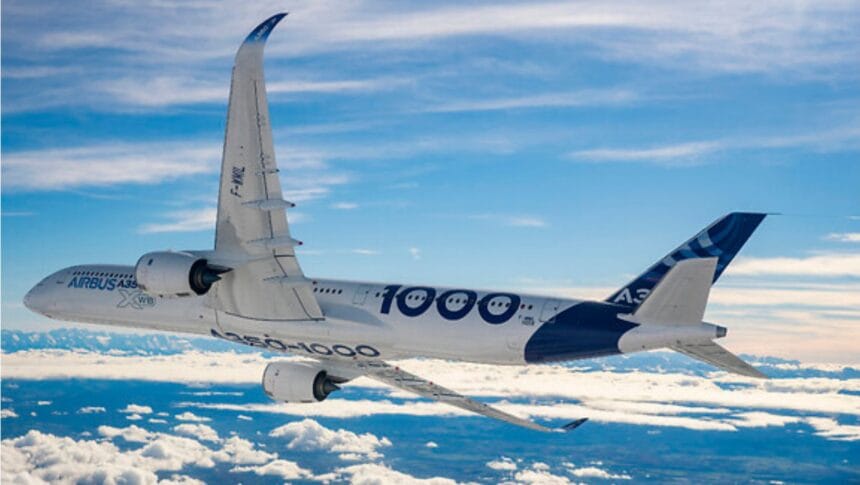Aviation Safety Innovation
Air travel is often hailed as the safest mode of transportation, but that’s no excuse for the aviation industry to rest on its wings. Safety is a moving target constantly evolving with new threats, technologies, and global challenges. That’s why aviation safety innovation has become one of the most important driving forces behind modern air travel.
From artificial intelligence and real-time data analytics to advanced materials and human-factor engineering, today’s aircraft are equipped with groundbreaking tools that dramatically reduce risk and improve operational reliability. If you’re curious about the future of flying and how the aviation industry is redefining safety, you’re in the right place.

Why Safety Innovation in Aviation Matters Now More Than Ever
Every flight that takes off is backed by a complex system of checks, protocols, and technologies designed to ensure that passengers, crew, and cargo arrive safely. But in a world of increasing air traffic, climate change, and cyber threats, traditional safety measures aren’t enough.
Modern aviation safety innovation addresses not only mechanical reliability but also weather unpredictability, pilot workload, ground control communication, and digital system security. These advancements are critical for commercial airlines, private jets, cargo operators, and even emerging markets like air taxis and unmanned aerial vehicles (UAVs).
1. Artificial Intelligence (AI) in the Cockpit and Beyond
AI is one of the most transformative forces in aviation safety today. It helps airlines predict maintenance needs, assess risk factors in real-time, and even support pilots during flight.
Examples of AI in aviation safety:
- Predictive maintenance: AI algorithms analyze engine data to detect micro-issues before they become failures.
- Autonomous decision support: AI assists pilots by offering recommendations during emergencies or complex conditions.
- Air traffic optimization: AI-driven systems help manage flight paths and reduce congestion, lowering the chance of mid-air incidents.
By reducing human error—which accounts for a majority of aviation accidents—AI ensures smarter, more informed decisions in the air and on the ground.

2. Advanced Sensors and Real-Time Monitoring
Modern aircraft are equipped with hundreds of sensors that continuously monitor engine performance, structural integrity, cabin conditions, and more. These sensors send data in real-time to control towers and airline operators.
One standout innovation is Flight Data Monitoring (FDM) systems. These tools capture parameters during flight and detect anomalies, which can then be analyzed to prevent future incidents. Some systems even offer automatic anomaly alerts mid-flight, giving pilots and engineers a chance to act before a situation escalates.
3. Next-Generation Avionics Systems
Today’s aircraft don’t just fly—they think. Avionics systems (aviation electronics) are now embedded with high-resolution touchscreens, voice recognition, and intuitive interfaces that enhance pilot situational awareness.
Recent innovations include:
- Synthetic Vision Systems (SVS): These display terrain, obstacles, and runways using 3D imagery—even in total darkness or fog.
- Enhanced Flight Vision Systems (EFVS): Infrared sensors provide live visuals beyond what the human eye can see.
- Smart autopilot systems: These can handle complex maneuvers, reducing pilot fatigue during long-haul flights.
The result? Safer flights, especially in poor visibility or challenging airspace.
4. Human Factor Engineering: Designing for Safety
Not every innovation is digital. Human-factor engineering focuses on designing cockpit layouts, alert systems, and controls in a way that reduces pilot stress and prevents mistakes.
From ergonomic seat design to standardized warning tones, these innovations are subtle yet powerful. Training simulators have also become far more realistic, using virtual reality to prepare pilots for rare but critical emergency scenarios.
By putting humans at the center of innovation, the aviation industry is minimizing error and maximizing efficiency.
5. Aircraft Materials and Structural Innovations
Airplanes are getting smarter—and lighter. New materials like carbon fiber-reinforced composites are not only stronger than traditional aluminum but also resistant to corrosion and fatigue.
This reduces the likelihood of structural failures and improves fuel efficiency. Aircraft like the Boeing 787 Dreamliner and Airbus A350 are already benefiting from these advanced materials, setting new safety and performance standards.
Some experimental aircraft are even being built with self-healing materials that can repair minor cracks automatically. While not widespread yet, this could revolutionize safety and maintenance in the years to come.
6. Cybersecurity: The New Frontier of Aviation Safety
As airplanes become more connected—via Wi-Fi, satellite links, and automated systems—cyber threats pose a real danger. A major part of aviation safety innovation now includes cybersecurity protocols to protect flight data, navigation systems, and onboard software.
Airlines and aircraft manufacturers are working with cybersecurity firms to:
- Encrypt critical systems
- Conduct penetration testing
- Monitor networks for unusual activity
This ensures that flights remain secure from digital sabotage as well as physical threats.
7. Drones and Unmanned Aerial Systems (UAS) Safety
As drones become more common in commercial and recreational use, aviation safety protocols are evolving to manage airspace efficiently.
New innovations like geofencing, automatic return-to-home systems, and collision avoidance sensors help prevent drone-related accidents in restricted airspace. Regulatory bodies like the FAA and EASA are now leveraging software platforms that track drone activity in real time, ensuring they don’t interfere with manned aircraft.
The Future: Safety Innovations in Urban Air Mobility
The rise of eVTOL (electric vertical take-off and landing) aircraft and flying taxis is adding a new layer of complexity to air safety. Companies like Joby Aviation, Archer, and Volocopter are already integrating safety technologies such as:
- Redundant motors and battery systems
- Autonomous navigation
- Real-time system health diagnostics
This next wave of aviation safety innovation could soon impact how millions of people commute in busy urban centers.

Final Thoughts: A Safer Sky for All
From AI to advanced materials, aviation safety innovation is shaping the skies in ways we couldn’t have imagined a decade ago. And as air traffic continues to grow, these technologies will become even more essential—not just for preventing disasters, but for building a future where flying is safer, smarter, and more sustainable.
So the next time you board a plane, take a moment to appreciate not just the crew and the aircraft—but also the silent army of innovations working tirelessly behind the scenes to keep you safe.
Read More: The Future of Smart Speed Bump
Read More: High-Performance Concrete Build Business Case Value
